With livestock farmers facing a possible fodder shortage, prices for silage are rising. Several reports from the west indicate silage is being traded from £35 to £40 for round bales.
Prices as far as £42/bale have been reportedly paid at auction. Taking a bale weighing 800kg, this values the silage at £52/t.
Prices for pit silage have been reported around the £35/t mark, but some farmers have paid considerably more.
Sales of hay are also strong, with round bales selling close to £40/bale for good-quality fodder.
Straw
Increasing demand is not just being reflected in rising silage prices. Farmers report round bales of straw being bought and delivered at £22-£25 per bale, up by £8-£10 from early August.
Square bales measuring 8x4x3 have increased from £30-£35 in August, to £48-£50 per bale this week.
Large bales of 8x4x4 are selling for £80/bale. Imported 8x4x4 straw bales from Britain are reportedly costing close to £100 per bale.
Feed
Merchants continue to report strong sales of concentrate feed due to early housing and a potential silage shortage. Feed sales during September have been comparable with those in December and January of last year.
Merchants have again indicated that straights such as soya hulls, which are regularly used to stretch fodder supplies, are extremely limited in supply and farmers should buy early where possible.
Meanwhile, there have been reports from vets of dairy cows suffering from feed-related issues such as milk fever, as the direct result of feeding large quantities of low DM, low energy silage made late in the season.
High quality
First- and second-cut silage made in NI this year is better quality compared with the 20-year average, according to silage analysis results from AFBI.
Samples analysed to date had average DM of 33.5% for first-cut and 30.4% for second-cut, compared with 20-year averages of 25.4% and 25.2% respectively.
First-cut silage samples averaged 11.2MJ/kg DM of ME and 11.9% crude protein, with 20-year averages sitting at 10.8MJ/kg DM and 12.2%. Second-cut in 2017 had an ME of 10.8MJ/kg DM and crude protein of 12.1%, which compares to the 20-year average of 10.5 MJ/kg DM and 12.5%.




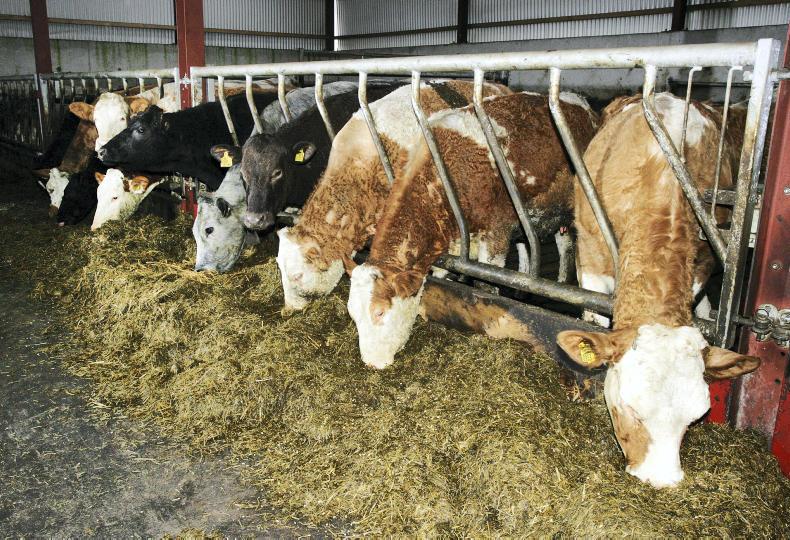
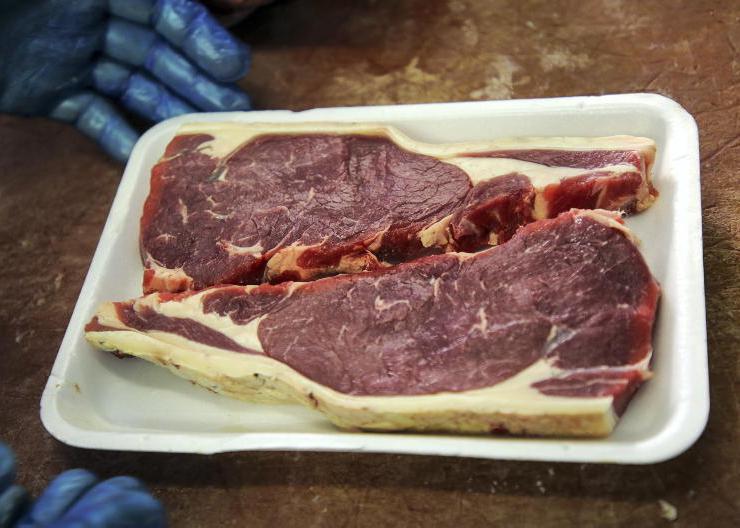
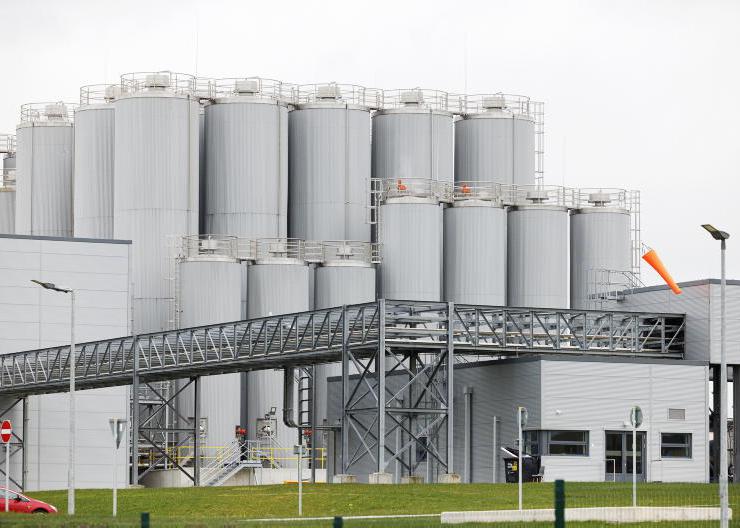
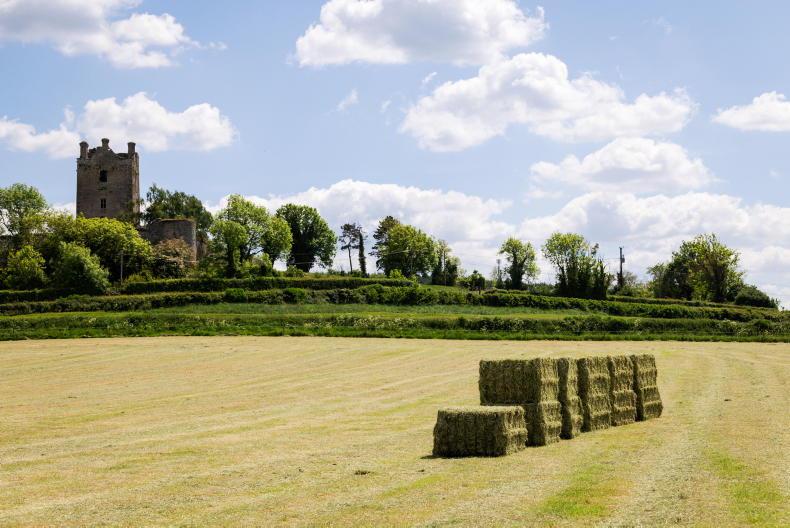
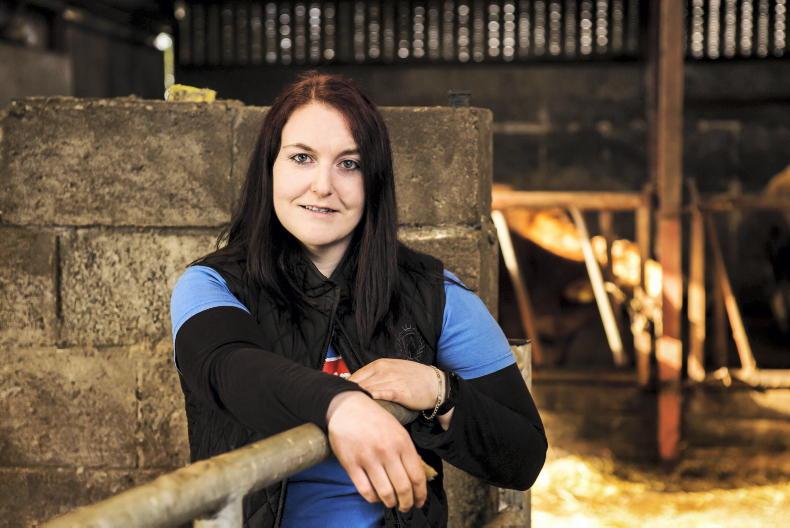
SHARING OPTIONS